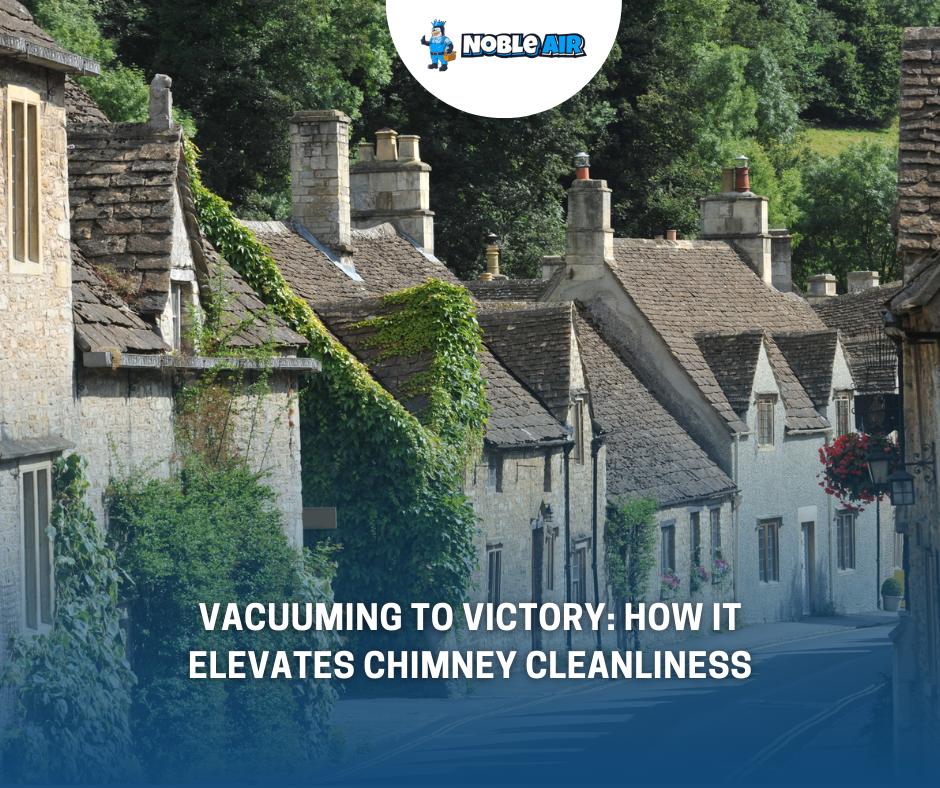In the realm of maintaining an efficient, safe, and clean fireplace, the importance of a meticulous chimney cleaning process cannot be overstated. Regular and detailed vacuuming serves as a cornerstone in this endeavor, offering a robust solution to the accumulation of soot and creosote—a flammable byproduct of wood burning—that may compromise the functionality and safety of your home’s fireplace.
As professionals in the field, we propose an exploration of the vacuuming process, its significance, and the compelling reasons to consider it as an effective approach to chimney cleanliness. The insights provided in the following discourse will aim to enhance your understanding and equip you with the essential knowledge to optimize the performance of your fireplace.
Yet, one might wonder, how precisely does vacuuming contribute to this victory over chimney grime? Let’s venture forth to find out.
The Importance of Regular Chimney Vacuuming
Regular chimney vacuuming is a vital yet often overlooked aspect of home maintenance. It plays a crucial role in maintaining air quality and preventing potential fire hazards. Over time, chimneys accumulate soot and creosote, a flammable byproduct of burning wood. These substances can obstruct the chimney, reducing its efficiency, increasing the risk of carbon monoxide poisoning, and potentially leading to chimney fires. Hence, regular vacuuming becomes an indispensable routine.
Regular vacuuming not only ensures that the chimney functions optimally but also extends its lifespan. For those who cherish the warmth of a fireplace, understanding the importance of regular chimney vacuuming is key to safe and enjoyable use. Therefore, always prioritize this essential task, making your home safer and more welcoming.
Step-by-Step Guide to Chimney Vacuuming
Delving into the practical side of chimney cleaning, a systematic approach to chimney vacuuming can significantly enhance the safety and performance of your fireplace. Here is a step-by-step guide to assist you:
1. Begin by donning protective gear, including a dust mask and goggles.
2. Disconnect the chimney from the appliance it serves.
3. Insert a chimney brush into the chimney flue, scrubbing to loosen soot and debris.
4. Connect a specialized chimney vacuum to the flue and vacuum remaining debris.
5. Reconnect the chimney to the appliance, ensuring secure and correct fitting.
READ MORE:

